On one of those blue skied autumnal days we’ve had recently I get a call from my friend, walking companion and Oxford Sausage nature correspondent, Beatrice Groves to say the weather is just right for mushrooming. That is recording and identifying them not eating them, for reasons that I will go into later. There has been rain overnight which means conditions are good but finding them requires vigilance and concentration. And so it is that we head south out of the city with a sense of excited anticipation. Up Hinksey Hill we go, taking the Oxford Road and parking in a layby alongside Bagley Wood. Owned since the 16th century by St John’s College and still used as a working wood, until recently you needed a permit to walk here. Now, luckily for us it is open to everyone.
“Our big find would be a fly agaric”, Bea enthuses as we don our wellingtons and plunge into the magic of this ancient woodland, raindrops hanging on overhanging boughs of berries glistening like jewels in the shafts of sunlight. “It is what we commonly refer to as a toadstool, red with white spots. A hallucinogen, hence its association with little fairies.”
Reindeers she tells me are addicted to them, herders in Lapland using them like catnip.
“But I would be equally happy with a phallus impudicus, or common stinkhorn,” she adds. “It’s the rudest thing you have ever seen. The naughty penis. You can usually smell it before you see it.”
My lesson in fungi finding sounds like it’s going to be fun.
Mushrooms are neither plant nor animal but from the same family as yeasts and moulds. What we see above ground is the fruit or flower, the bit that develops to distribute the spores. This accounts for only 5% of the body, the rest made up of mycelium, a network of fungal threads that can extend hundreds of miles underground. Dubbed the wood wide web, they can communicate with each other as well as the trees around, forming a symbiotic relationship sharing nutrients and warning each other of droughts, pests and diseases. Some can glow in the dark; there is a fungal enzyme used in the manufacture of Lego bricks; scientists are even looking at how they might help rot plastics. They come with the most wonderful of names from the charming, ‘chicken of the woods’, ‘penny bun’ and ‘shaggy inkcap’ to the deadly ‘death cap’ and ‘destroying angel’. They are truly awesome things.
First up Bea spots a family of earth balls. They look a bit like round warty potatoes, and are not to be confused with puff balls, which like these have no stem or cap but can be eaten. The giant puffball is the queen of edible mushrooms. When Bea was a child, these are the things alongside parasols and wood blewits that her parents would forage for, the hauls so large they would cover the kitchen table. Fried in butter and piled on toast, the most delicious of meals.
“I saw my first giant puffball in Beckley,” remembers Bea. “They look like a giant white football, and you can see from a long way away. They are very dense which means they can feed you for days. Now here’s a fun fact. If every spore of a giant puffball germinated and then every spore of each of those giant puff balls germinated, they would be larger than the earth.”
There’s got to be a sci-fi movie in that.
And now as we move through the woodland an assortment of fungi begin to present themselves. A yellow russula, emerges through the starry strands of a clump of sphagnum moss. Russulas come in all colours including a smoky grey aptly called a ‘charcoal burner’. There are pinks and purples too, even one that smells of geraniums.
Next up is the extraordinary golden waxcap, a red tipped jewel thrusting itself up through the fallen leaves. There are rosy bonnets and a beautiful amethyst deceiver, so called because it does not always present in that colour.
“One of the reasons Bagley Wood is such a good habitat is that different mushrooms like different trees” says Bea, kneeling to show me an artist’s fungus, attached to the base of an oak tree like a series of brackets and so named because its underside is entirely white and can be scratched to form what look like brown marks on white paper. “Bagley has an amazing variety of tree species – we were in pines and larch; we’ve moved through firs and now there are patches of deciduous trees like beech and cherry, limes and oaks. There’s a eucalyptus, and a rhododendron section too which makes me think the people who look after this place love variety in their trees.”
And as if prove her point we happen upon a small graveyard. Woodmen and Keepers of Bagley Wood that have chosen to be buried under this canopy of trees amongst the flora and fauna they once cared for. Tombstones standing amongst the season’s leaf fall, fungal threads reaching out underground doing their work burrowing and decomposing. Death side by side with the new life of the forest.
Bea says that over-harvesting is one of the reasons she no longer picks mushrooms to eat – signs as we enter tell us not to take anything away from Bagley Wood. But she is still intrigued and captivated by the identification process, and the nomenclature. Personally, I’d be most worried about mistaking a field mushroom for something more dangerous. In her books, Agatha Christie uses poisonous mushrooms as a murder weapon on more than one occasion, says Bea as she stoops to point out a ‘false death cap’, pushing through the pine needles. It is one of the ‘amanita’ family, and although it has a little frill and white gills, is edible though the taste is unpleasant. But you don’t want to be confusing this with the amanita phalloides, or death cap.
“Never ever eat a mushroom with a frill or white gills,” says Bea soberly. “A real death cap will kill you. There is no antidote. If you eat it, you will generally die.”
And on that note, we make our way back to the road. JRR Tolkien was known to have walked here, and you can see how its heady mix of enticing and dangerous, magical and mysterious, deception and enchantment are reflected in the forests of Middle Earth. It really does feel like another world. And although we never did find our fly agaric or phallus impudicus, the place has cast a spell, making me all the keener to return to take another look.
Contributing photographer Beatrice Groves
You can find Bea on Twitter: @beatricegroves1
And her posts on Harry Potter and plants here: https://www.hogwartsprofessor.com/beatrice-groves-pillar-post/
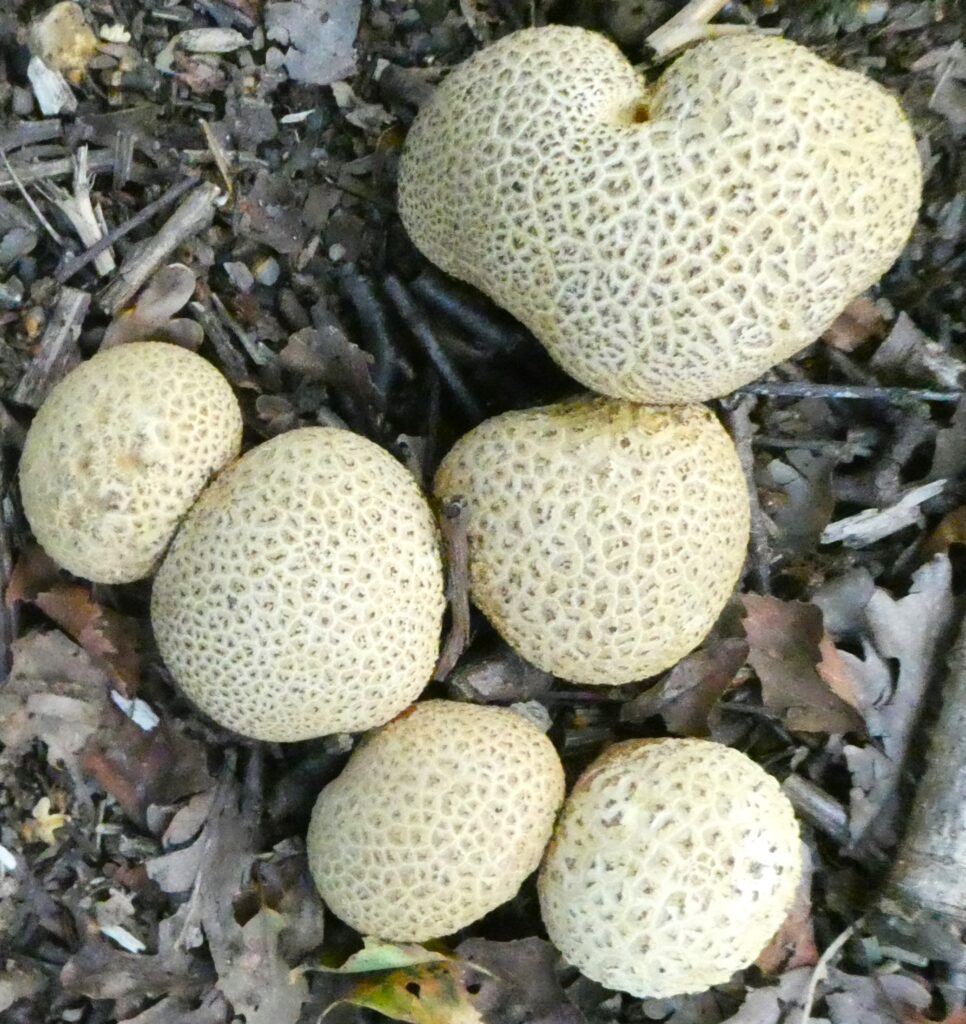
Earth balls are not edible and are not to be confused with puffballs.
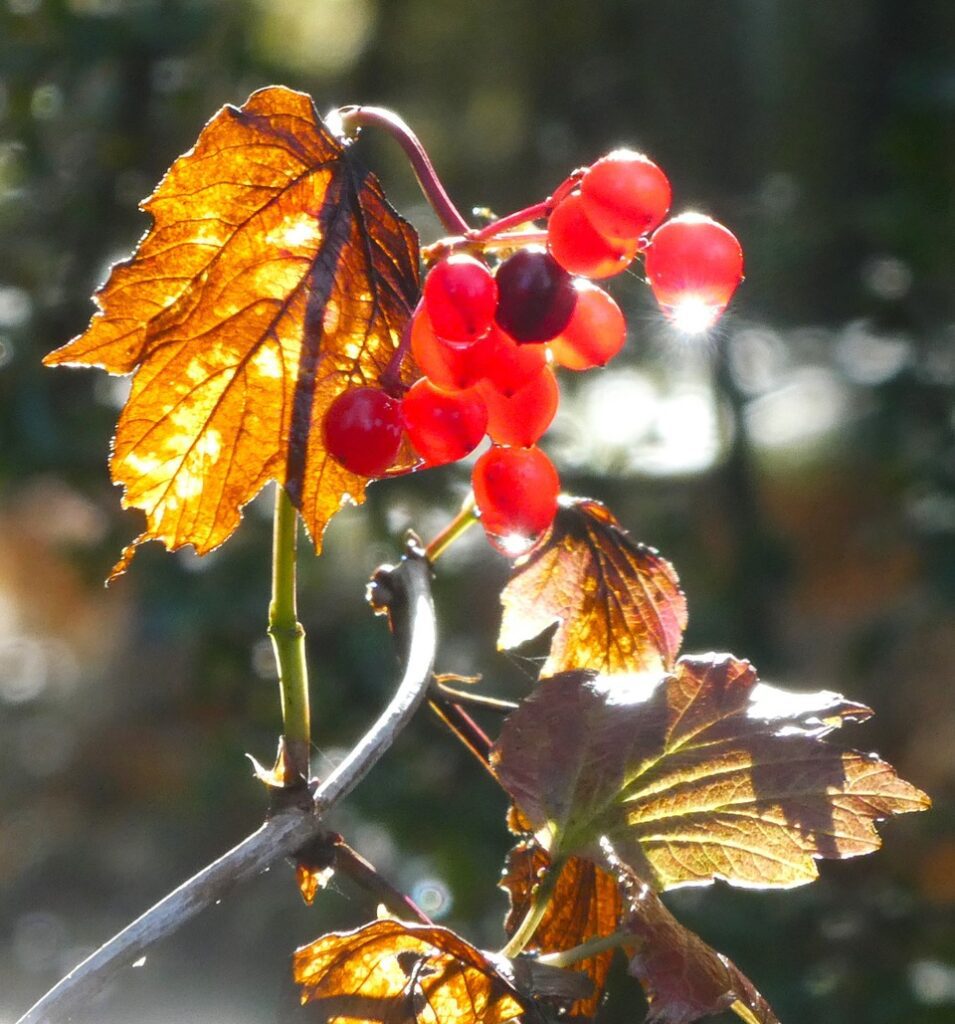
Guelder Rose berries – an indicator of ancient woodlands
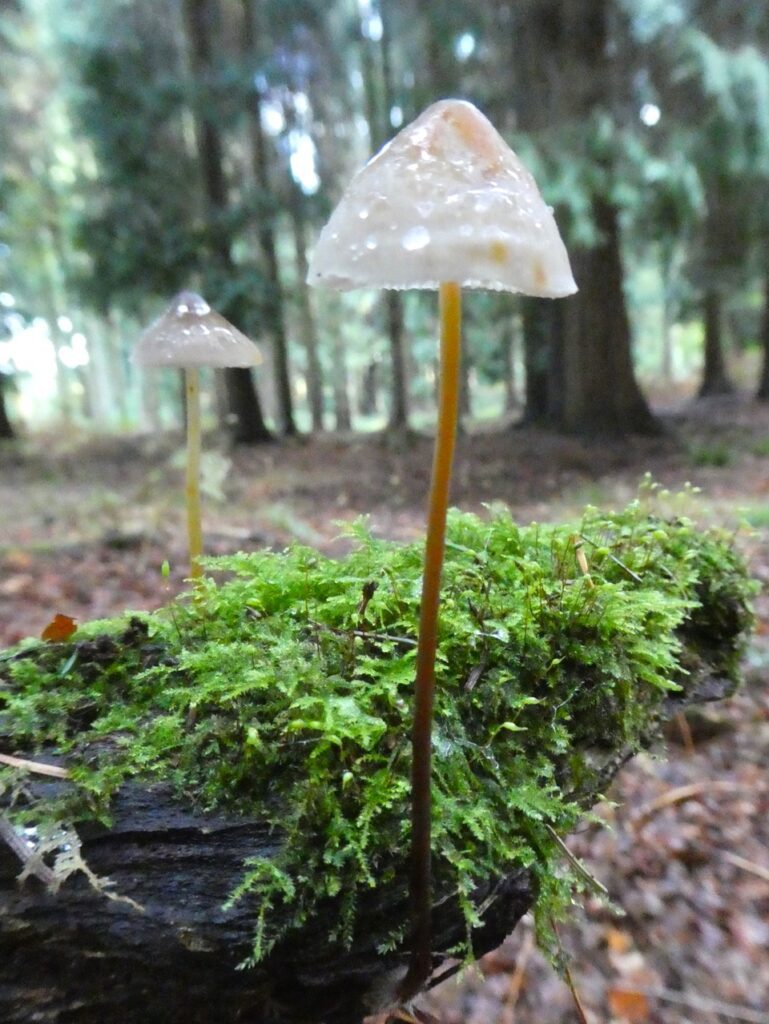
Fairy log

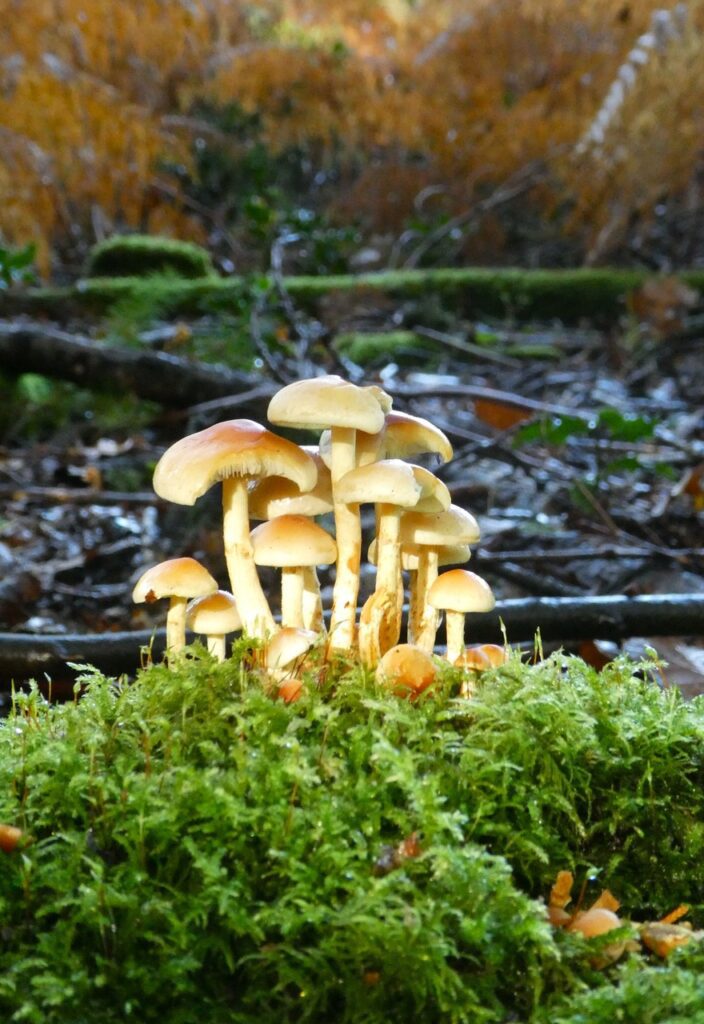
A troop of sulphur tuft
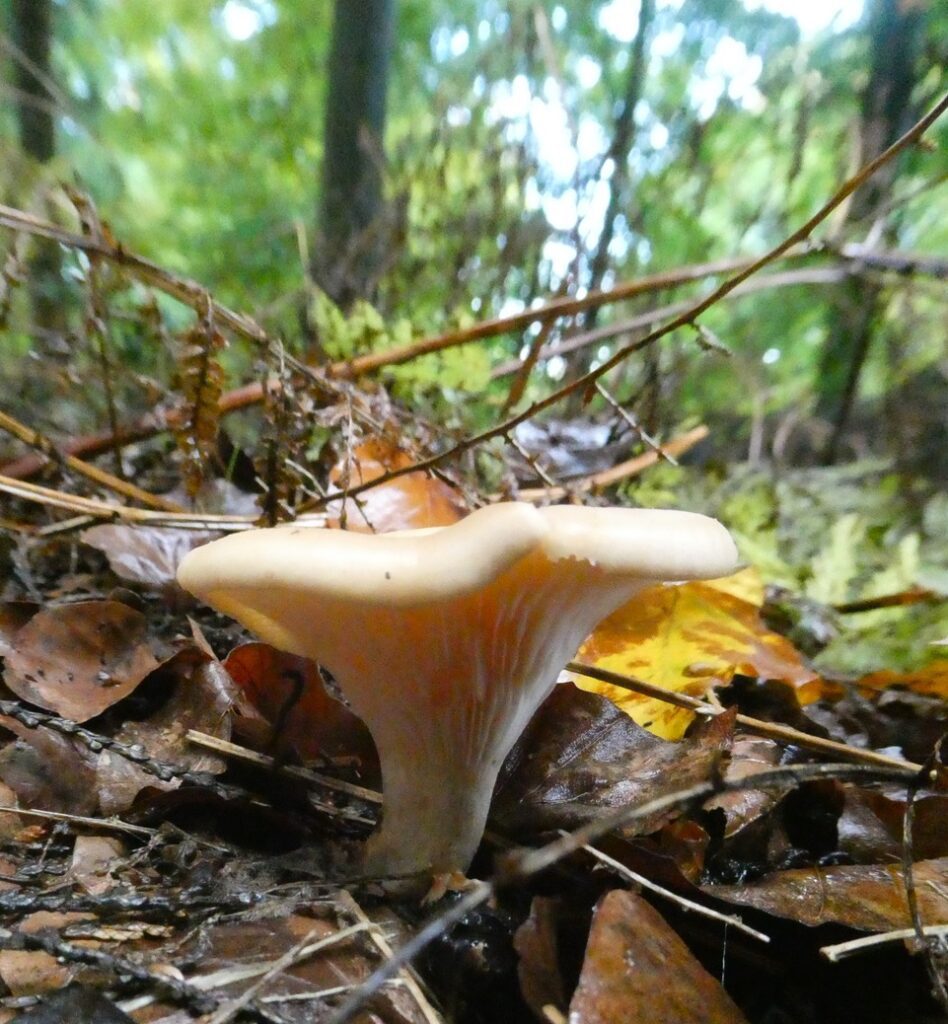
Tawny funnel cap
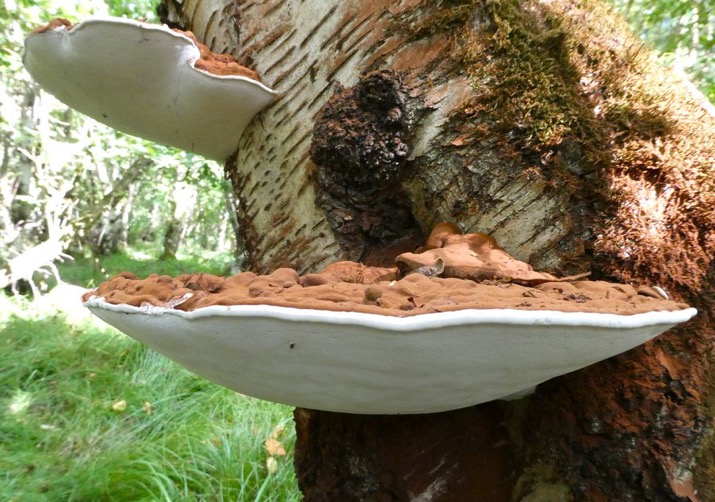
Artist’s fungus
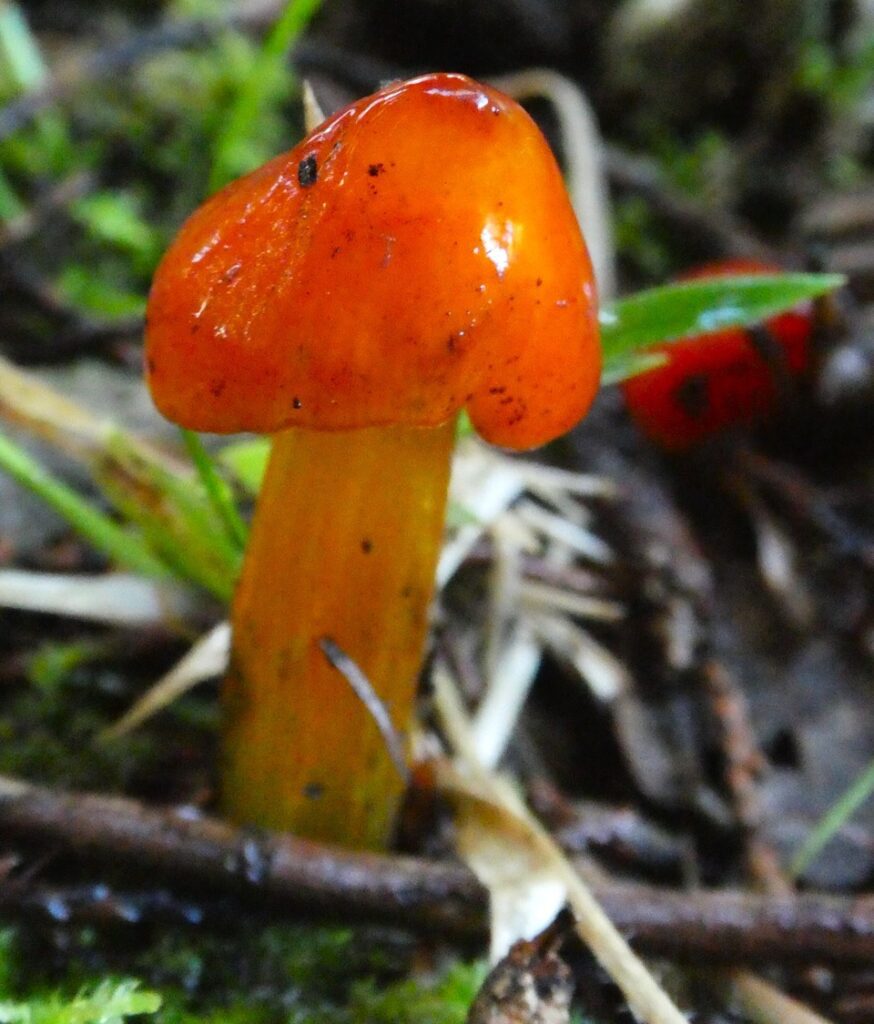
Golden wax cap
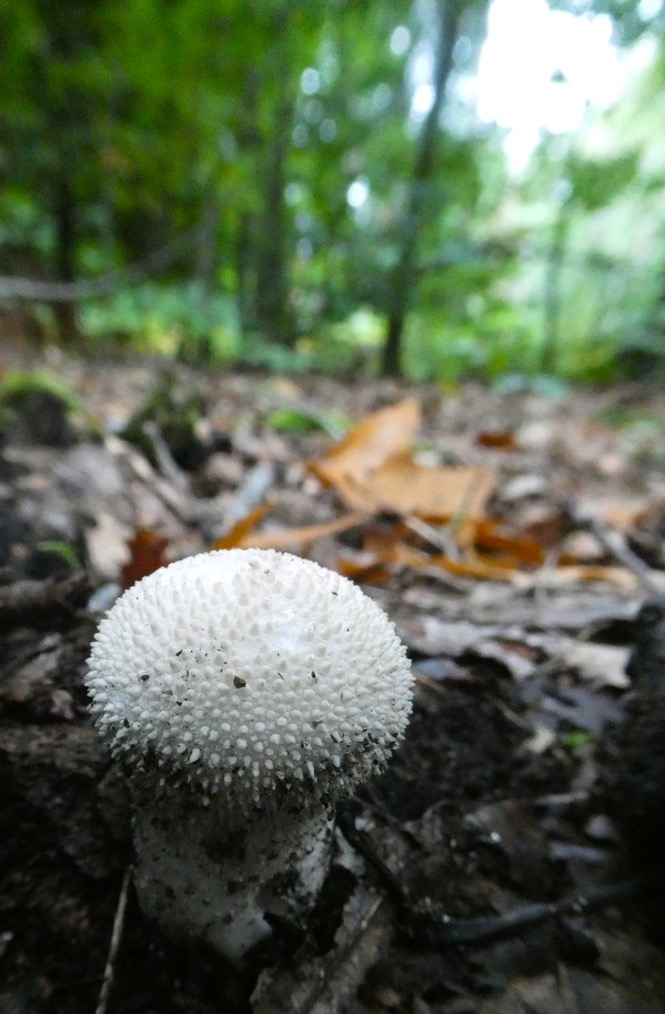
Common puffball – sometimes called the devil’s snuffbox.
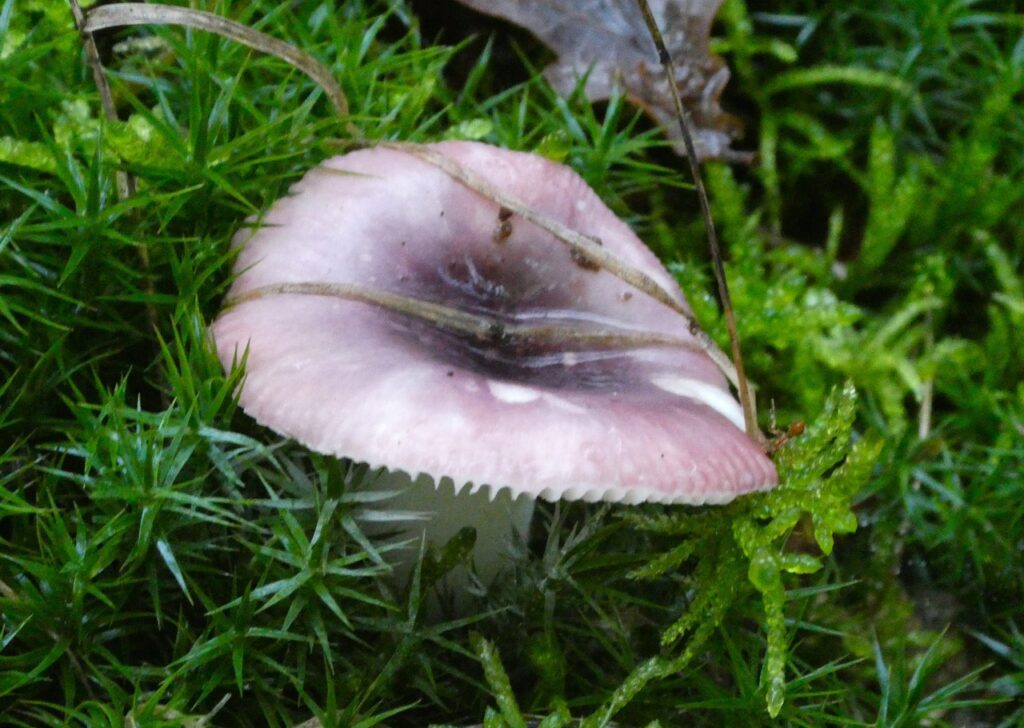
Charcoal burner russula
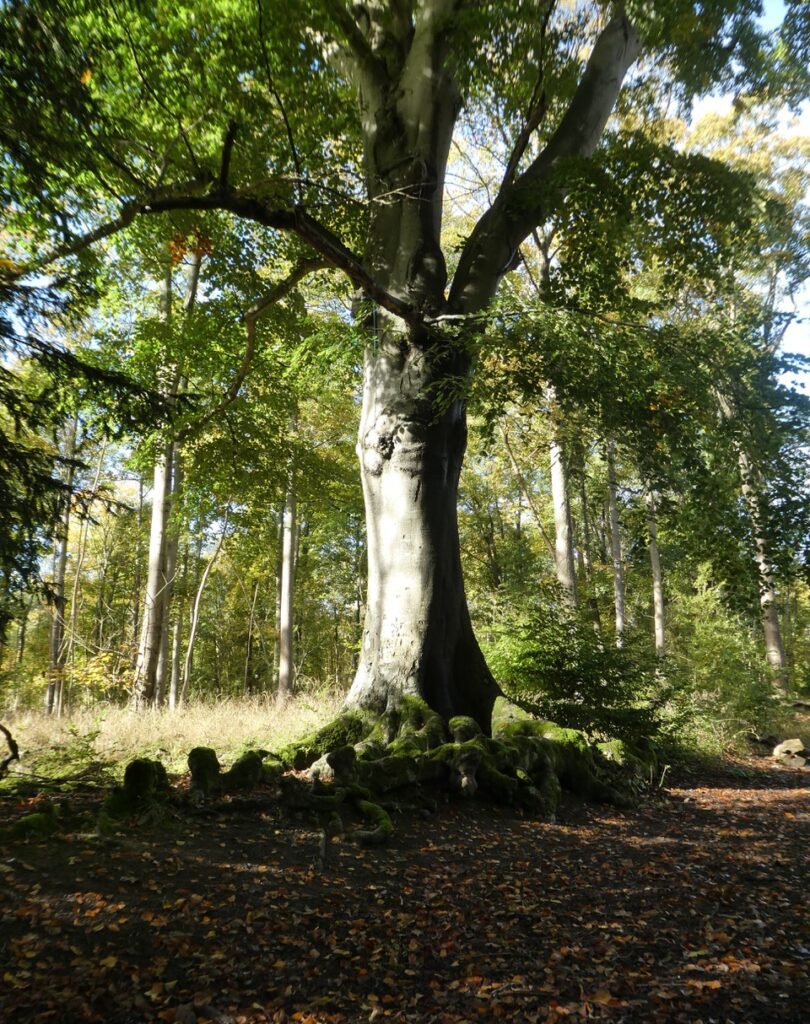
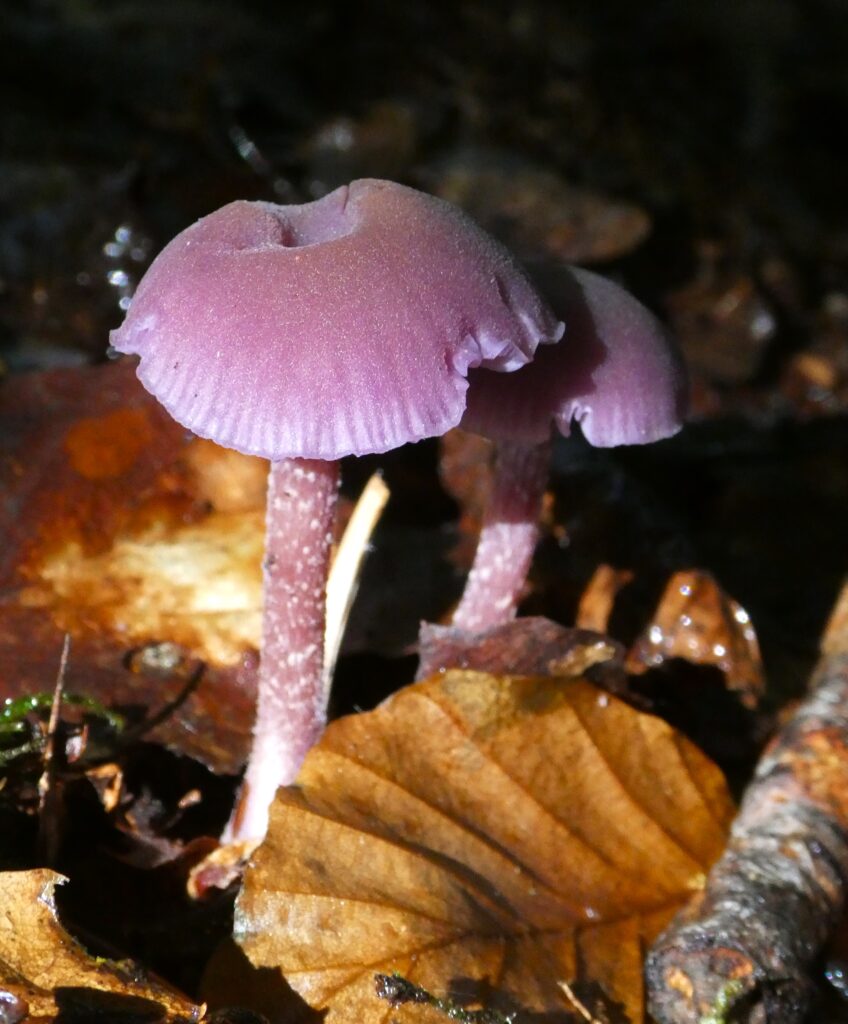
Amethyst deceiver amongst beech litter
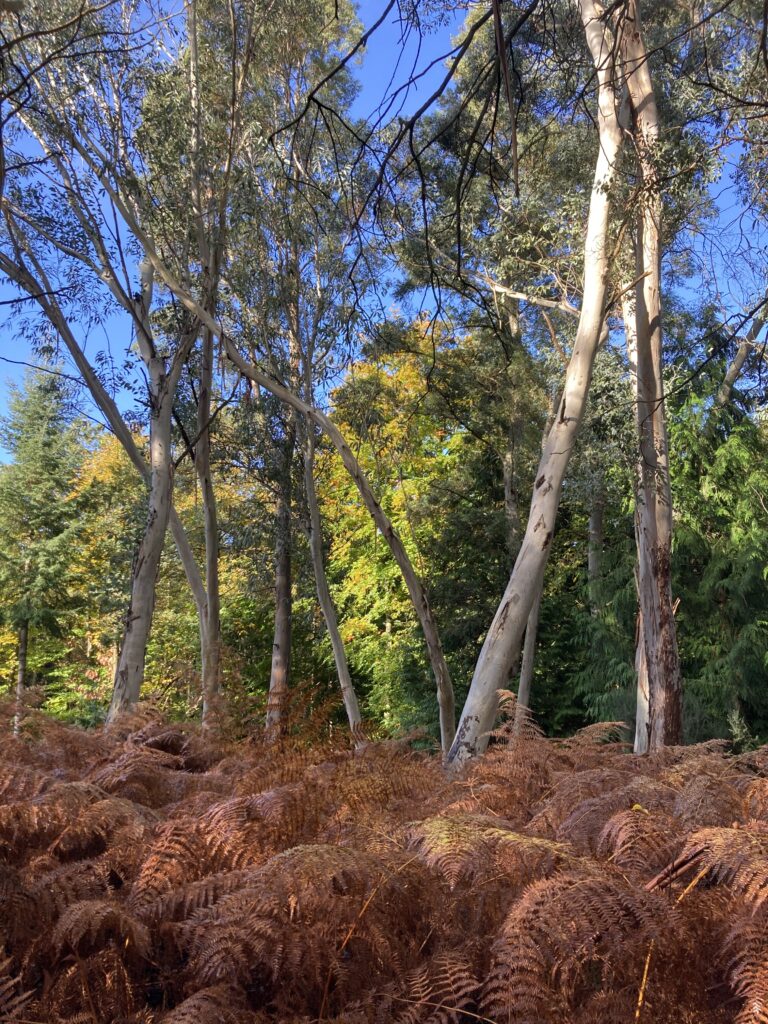
Eucalyptus trees
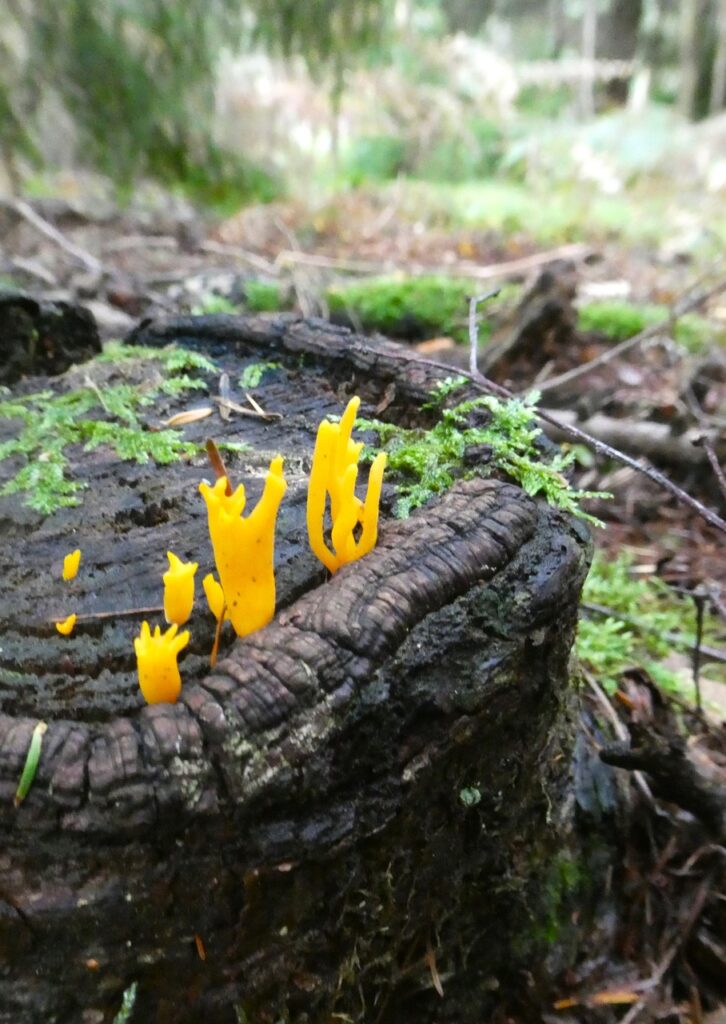
Yellow stagshorn – its scientific name Calocera Viscosa means beautiful wax
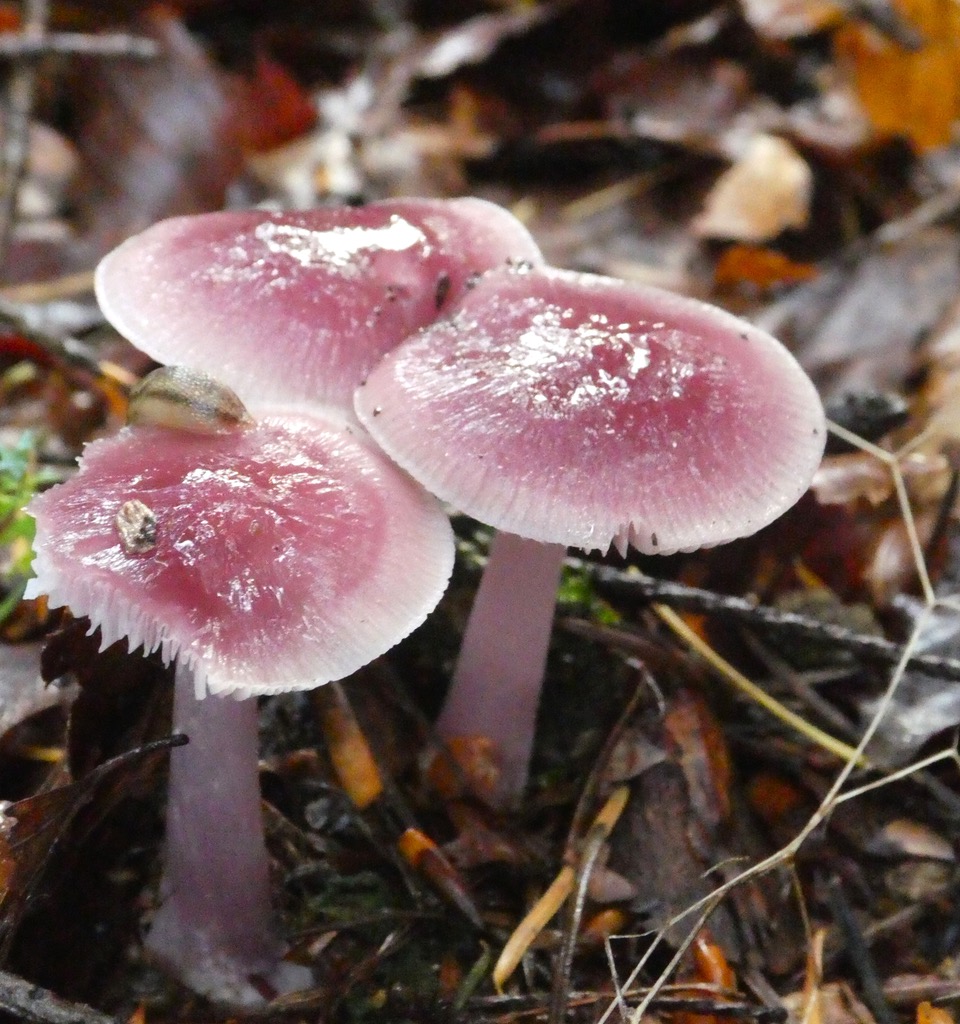
Rosy bonnets
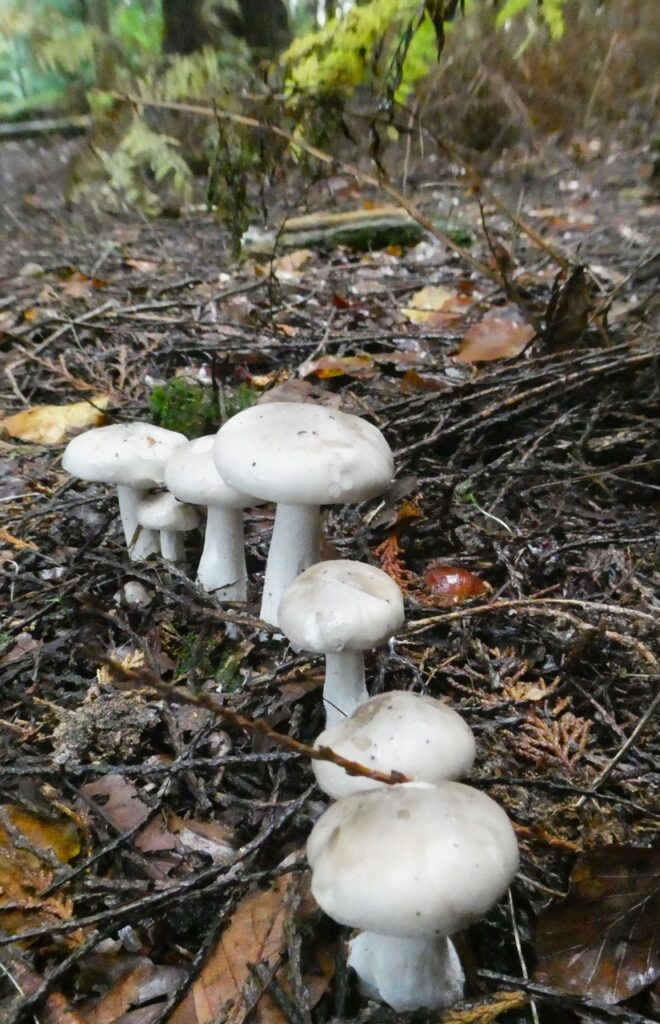
Fairy rings are created by the underground fungus sending threads out in a circular shape, which flower into a ring of mushrooms.
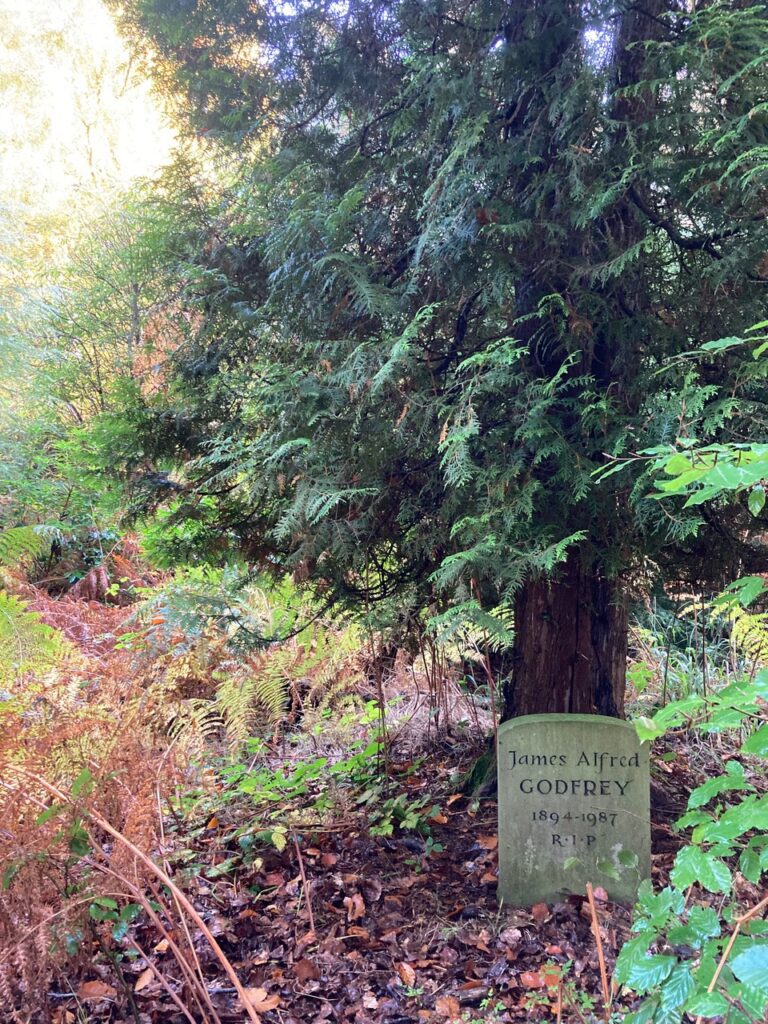
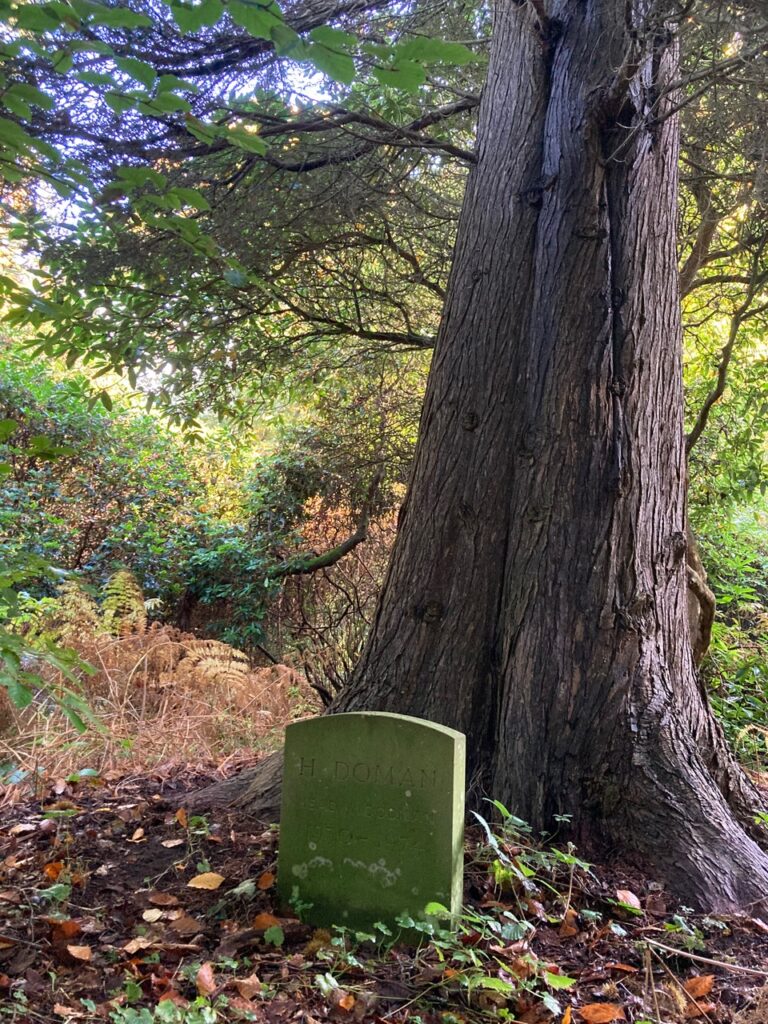
The Bagley Wood graveyard
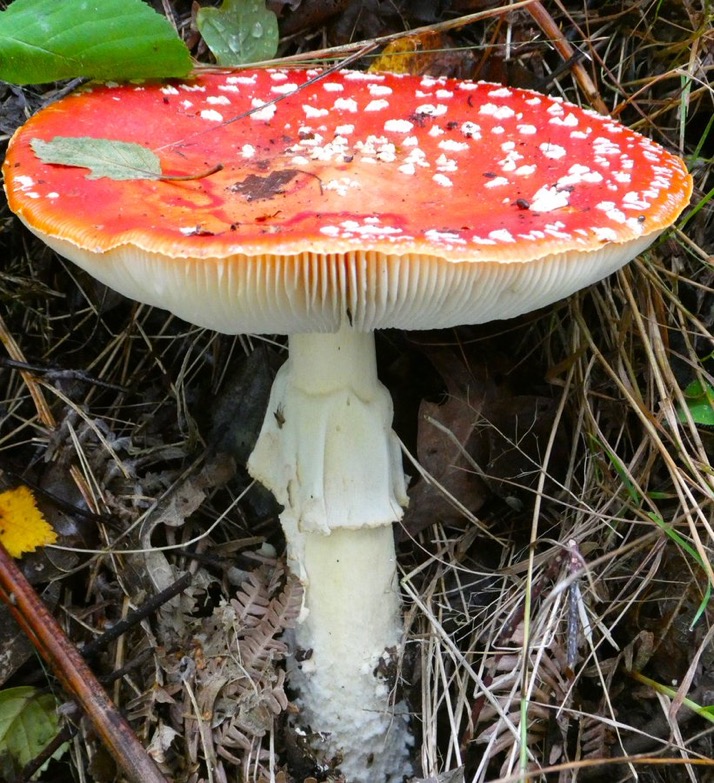
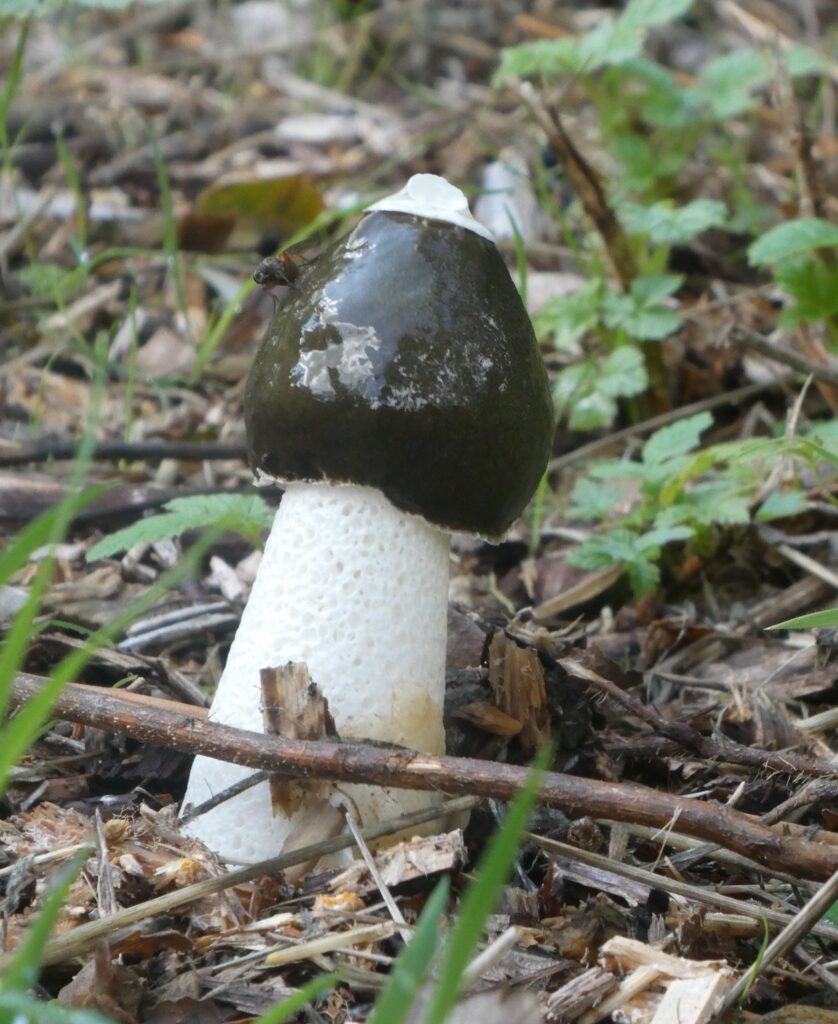
Two we didn’t spot. Fly agaric (left) and phallus impudicus, or common stinkhorn (right)
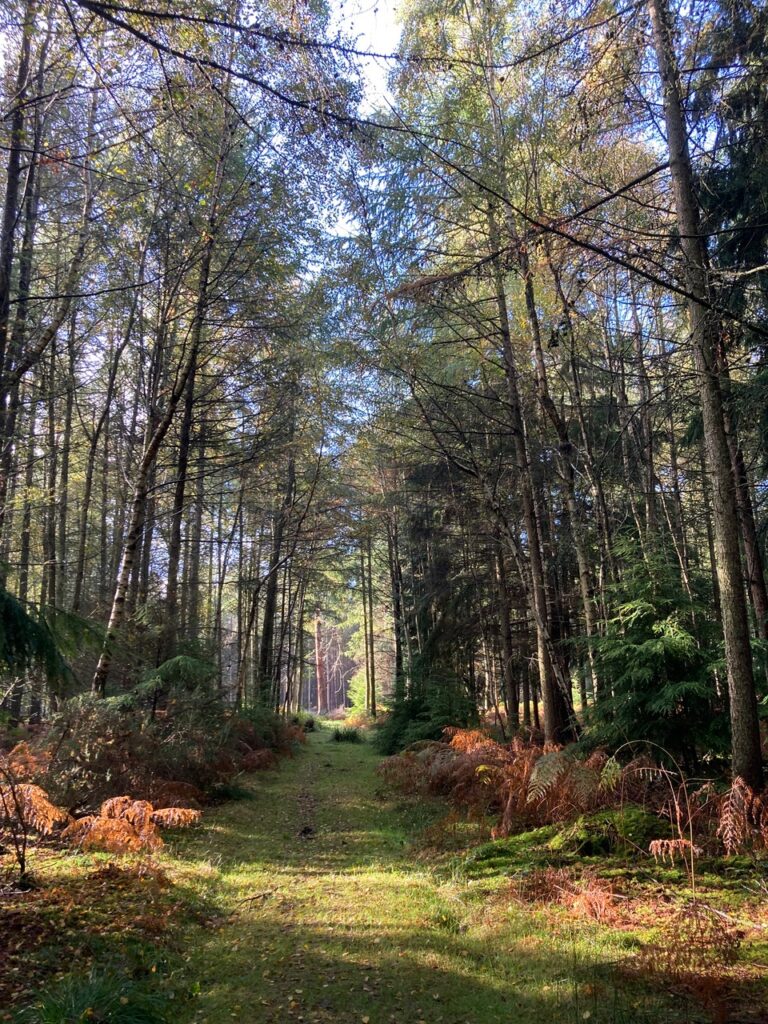
We will be back.
You might also like to read about my other walks with Beatrice Groves:
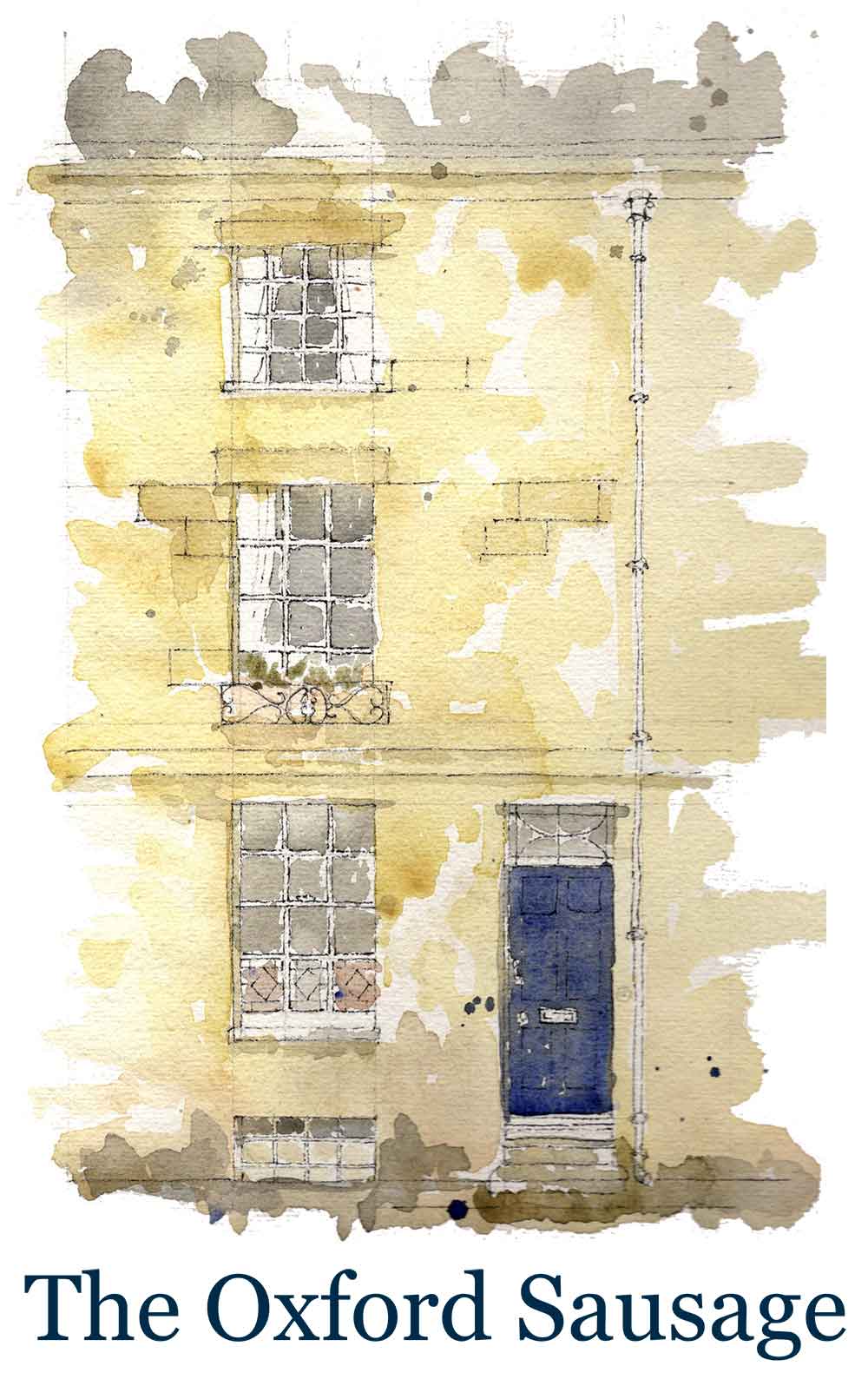
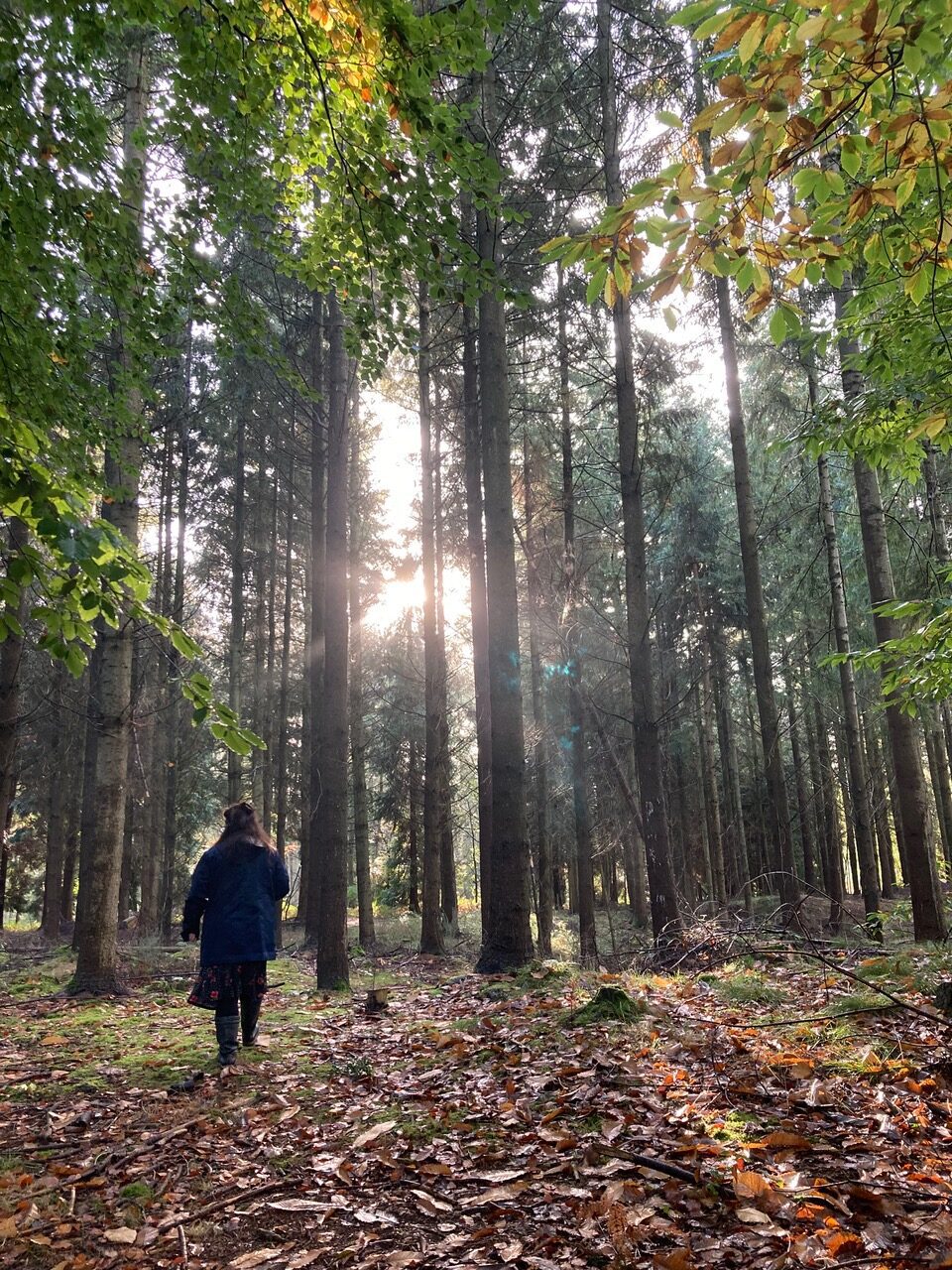
3 Comments
Join the discussion and tell us your opinion.
There are indeed a lot of mushrooms in Bagley wood. However, as lovers of edible mushrooms will know, it isn’t a great place for them.
Fascinating. I am going to go to Bagley Wood to see what I can see. Wish I had a Beatrice Groves with me to help me spot the fungi
Beautiful photography. Amazing colour, shape and style in these mushrooms. Bagley Wood is mesmerizing. What a lovely place to walk and learn. Thank you for a wonderfully relaxing Sunday morning.